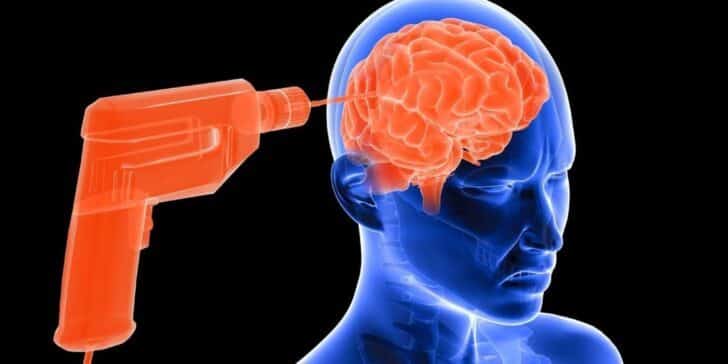For as long as human beings have been around, they have been getting ill, injuring themselves, and contracting diseases.
Physicians have been concocting tinctures and performing surgeries to alleviate these ailments for just as long.
However, while we are lucky today to be alive in a time of great scientific and medical knowledge, that was unfortunately not always the case.
Throughout history, going to the doctor was often more risky than just taking your chances with your illness.
Poor hygiene standards, toxic medicines, and a general misunderstanding of human anatomy all led to some creative, albeit ultimately dangerous, medical practices.
All too often, the doctor’s cures only ended up causing their ailing patients more harm than intended.
Anyway, without further ado, here are eight old medical practices that did more harm than good.
Corpse Medicine
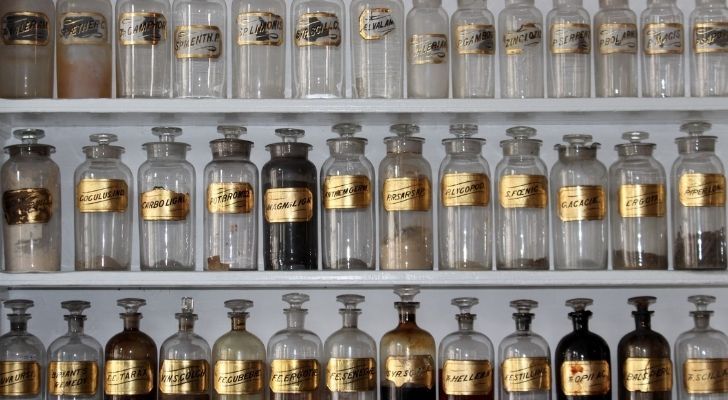
For hundreds of years, European physicians believed that a whole host of human maladies could be cured by cannibalism.
Peaking in popularity in the 16th and 17th centuries, doctors prescribed everything from blood to ground-up skulls to their patients.
When rubbed on the outside of the body, it was believed that human fat could relieve aches and cure gout, while a tincture of ground-up skull mixed with alcohol could help cure epilepsy.
Consuming fresh blood was thought to aid in general health and vitality.
Everyone from laypeople to royalty believed in the idea that corpses retained the “spirit” of the person who had passed. Therefore anyone who consumed human remains could gain some of their former strength.
As gruesome as it might sound, corpse medicine remained a popular course of treatment for centuries, with the last known occurrence happening in 1908.
Mercury
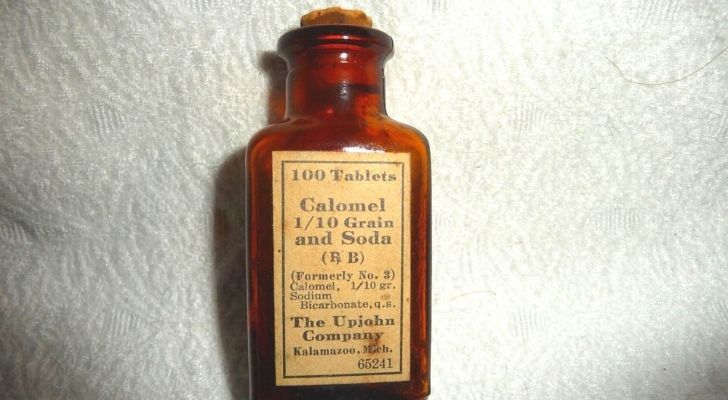
Today, mercury is known as a potentially toxic element that can be harmful in large doses. However, that wasn’t always the case.
From the 16th all the way up to the 20th Century, mercury was welcomed as a healing drug and regularly prescribed by doctors and consumed by ill people.
Because of its purging capabilities, doctors believed that it could cure everything from constipation to parasites, the flu, and even melancholy.
Calomel, the powdered version of mercury, was prescribed through the 20th Century.
However, ingesting mercury can also lead to lung damage and kidney toxicity, and many people undergoing this treatment died of mercury poisoning.
In this case, the cure really was worse than the disease.
Radium
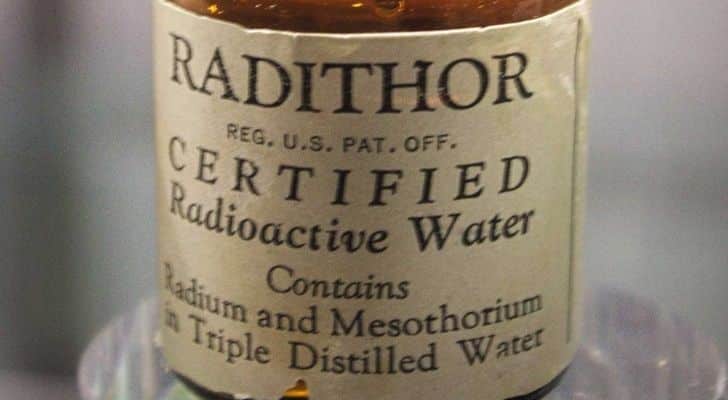
You’d hope that after mercury, people would have learned their lesson about using potentially toxic elements as a curative tonic. However, that, unfortunately, wasn’t the case.
Radium, another dangerous element, was commonly mixed with water sold as an over-the-counter “energy” drink in the early 20th Century.
Radium water was marketed under the name brand RadiThor with the slogan: “A Cure for the Living Dead.”
It claimed to not only improve energy, but could also aid in digestion, increase vitality, and cure impotence in men.
Despite the fact that the adverse health effects of radium were already known as early as 1913, RadiThor remained a popular drink throughout the 1920s, until the federal government forced an end to its production in 1932.
Antimony

Robert James, an 18th Century English physician, invented and patented his famous “Dr. James’s Fever Powder” in 1747.
Dr. James claimed his concoction could treat any number of ailments, including fever, scurvy, and even distemper in cattle.
But he was notoriously secretive about the recipe of his fever powder. As it turned out, the secret ingredient was antimony, a toxic metal.
Antimony was believed to work as a cure-all for any number of ailments, including fever and gout, mainly for the simple reason that it made people vomit.
In the 18th Century, doctors believed that purging was a sign that the body was ridding itself of toxins and restoring itself to a natural, healthy state.
While there is some truth to that, inducing vomiting by ingesting poison generally did more harm than good.
Trepanation

Trepanation is one of the oldest medical practices in human history. For over 5,000 years, humans have attempted to cure head pain, skull trauma, and even neurological diseases by drilling holes in the patient’s skull.
Less extreme versions involved simply scraping or cutting smaller sections of the skull.
Evidence of trepanation has been found worldwide, including in Europe, China, Russia, and the Americas.
A modern version of trepanation still exists in medicine, now called a craniotomy. It’s only done to treat extreme conditions, such as a brain tumor, and the skull fragments are immediately replaced.
Arsenic
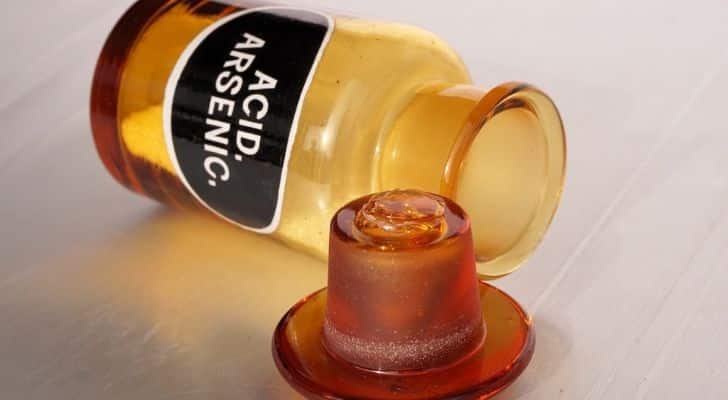
Arsenic is another very ancient medicine, dating all the way back to Hippocrates. The father of medicine himself used the metalloid to treat ulcers and other sores.
From ancient Greece to ancient China, arsenic was valued for its medicinal properties.
It was believed to be able to restore health, and was made into tinctures to treat several diseases, from open wounds and ulcers to sleeping sickness.
In 1786, an enterprising doctor named Thomas Fowler manufactured his own arsenic-based remedy and began bottling and selling it under the name Fowler’s Solution.
Fowler’s Solution was sold through the 20th Century as a cure for conditions like psoriasis, asthma, and heartburn, and it was even used in the treatment of leukemia.
Bloodletting
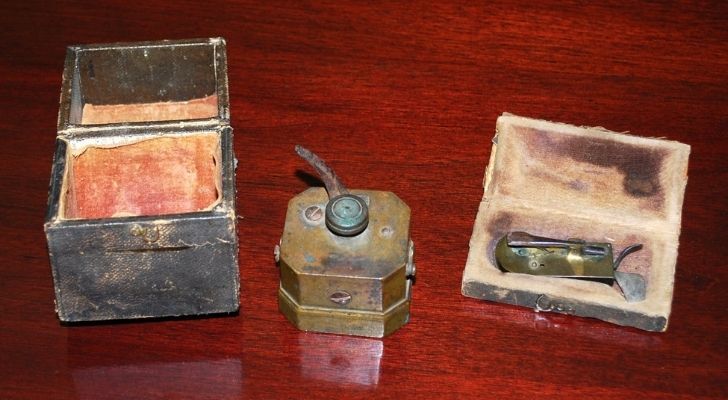
As early as 3,000 years ago, ancient Egyptians pioneered the practice of bloodletting, using a lancet or leeches to open a patient’s veins and draw out their blood.
The practice spread to ancient Greece and continued to be a popular practice in Europe and America all the way up until the late 1800s.
In medieval Europe, physicians believed that the body consisted of four humors: blood, phlegm, yellow bile, and black bile.
If one of these humors were out of balance, the body would become ill.
Bloodletting was believed to be a solution for any maladies caused by an excess amount of blood in the body, and the practice was used to treat illnesses as wide-ranging as migraines, seizures, sore throats, and even childbirth.
Animal Magnetism
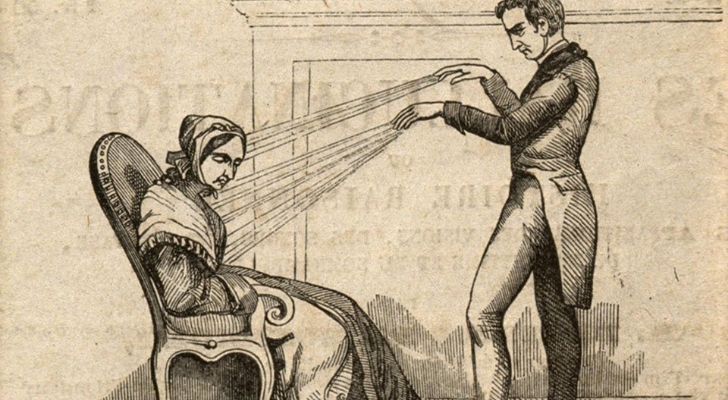
Created by the German physician Franz Anton Mesmer in the 1770s, animal magnetism was the belief that the planets exude magnetic rays, which influence human health via an invisible magnetic fluid that permeates the human body.
Mesmer believed that illness was caused when a person’s magnetic fluid was blocked or unbalanced.
By using magnets along with certain hand gestures, Mesmer claimed he could unblock an ill person’s magnetic fluid and restore health.
Animal magnetism, also called Mesmerism, gained popularity in Europe. Wolfgang Mozart and Empress Maria Theresa were among his patients.
However, Mesmer’s success was also short-lived.
Following a scandal involving one of his blind patients in 1778, Mesmer’s reputation was ruined, and animal magnetism fell out of fashion.
However, Mesmerism is also sometimes considered the precursor to a practice that we are all familiar with today: the art of hypnosis.
The history of medicine is full of crazy, questionable, and sometimes downright dangerous practices.
But at the time, most doctors truly believed they were doing the best they could to heal their patients.
It makes one wonder: what will historians say about our modern medical practices a hundred years from now?

